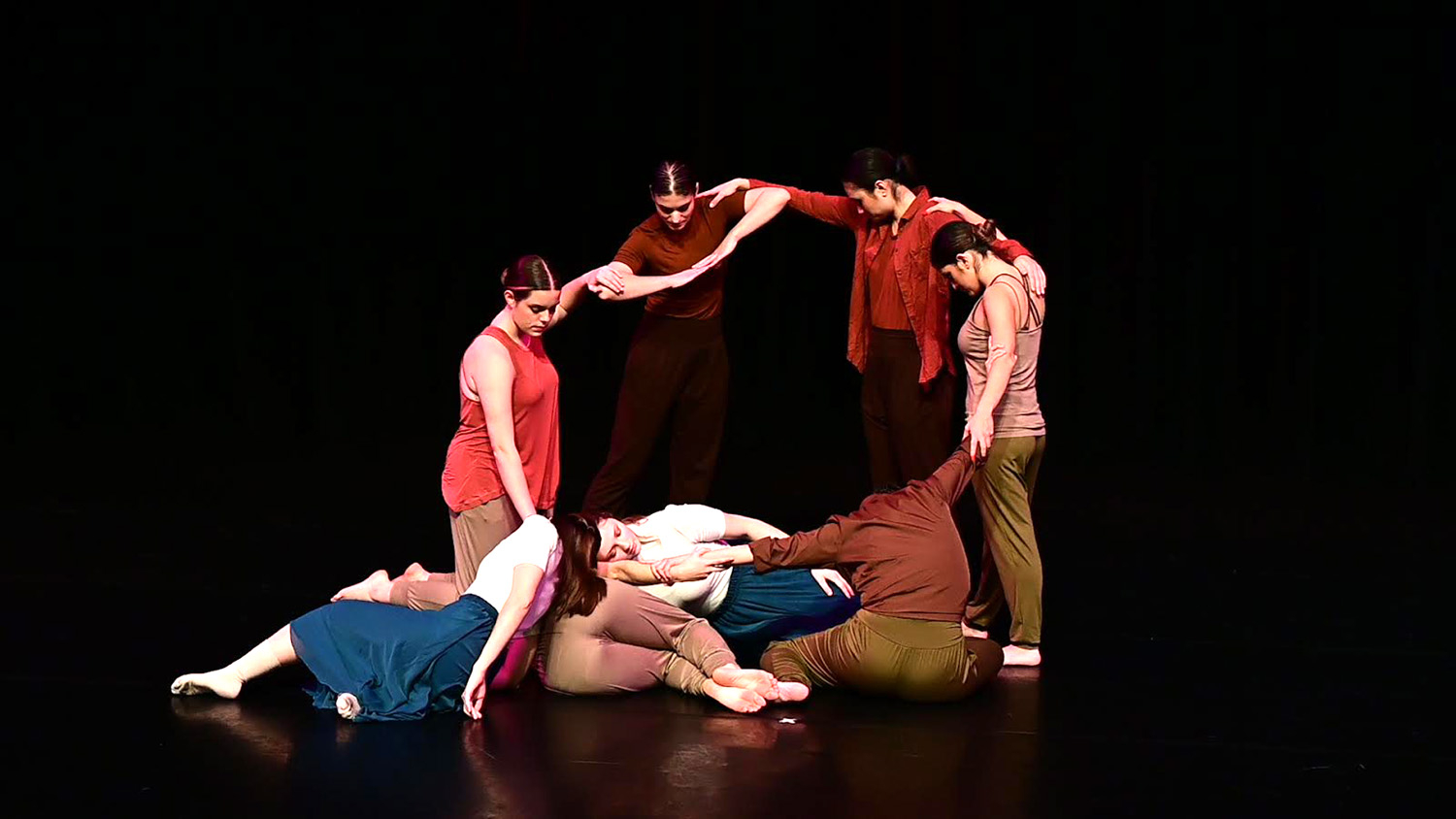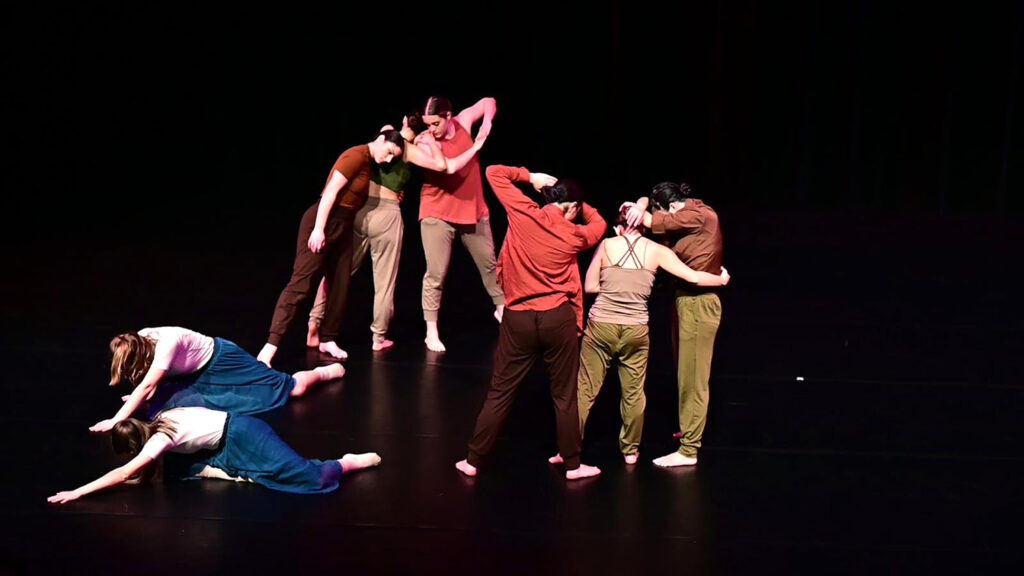Dance Your Ph.D.: NC State Grad Student Layla El-Khoury Awarded for Educational Dance Production

“We have allowed the destruction and degradation of our rivers, in part because we have insufficient knowledge of the characteristics of rivers and the effects of our actions that alter their form and process.”
The quote from renowned hydrologist Luna Leopold opens NC State doctoral student Layla El-Khoury’s “Force of Flows,” a dance piece that demonstrates the process and impacts of stream bank erosion.
El-Khoury created the piece to demonstrate the importance of her research in a way that would resonate with audiences, and she’s far from alone among scientific researchers in doing so.
Created in 2008, the “Dance Your Ph.D Award” is a contest where scientists express their research through dance. The award has four categories – social sciences, biology, chemistry and physics. In the 2024 contest, El-Khoury’s piece brought home the physics award.
“When a lot of people ask you what your research is about, after about a minute or so, they don’t care,” El-Khoury said. “They don’t have any interest, and sometimes it’s hard for people to understand or follow what you’re doing. So dance is a way for people to explain their research so it’s easier for people to understand and more engaging.”
Dance is a way for people to explain their research so it’s easier for people to understand and more engaging.
El-Khoury originally launched her piece in 2021, and knew she’d have to recreate it to film for the Dance Your Ph.D contest. Despite the timing falling during final exams in December, El-Khoury was able to get all but two of the original dancers back for the re-shoot.
She also had to dance in the piece herself for the first time – a requirement of the contest. El-Khoury said that performing in the piece herself gave her a greater appreciation for the skill of the dancers in conveying her message.
“It was really fun to get to actually be in it and get to dance it with everyone,” she said. “I was only on the outside of it before. It feels a little bit different on the inside of it.”

The award comes with a cash prize, but, for El-Khoury, the added exposure for her dance piece and research has been the biggest benefit.
The video, shared in a science.org article, now has over 5,000 views.
“Most of what I create is intended for a live audience, so it’s a little bit different to realize that this has such a far-reaching impact when I’m carrying it through film,” El-Khoury said.
“Force of Flows” features a narration about stream bank erosion and its consequences for the first few minutes, and continues with the dancers moving in sync to demonstrate the process and its impact.
For El-Khoury, winning the award is further validation of the piece’s ability to express her research, and the dancers’ strong performance.

“It feels incredible,” she said. “I hoped that it would be picked, but I didn’t want to assume that it would. When I was looking at previous winners, a lot of them had a very music video feel to it. And the way that I was approaching my piece was obviously very different. It was really based on dance. The entire second section of my piece has no words to it. It’s just dancing. So even the first time I created this piece, I was really worried about its ability to connect with people. Would people understand it? Would people relate to it? Would people like it? I think the fact that it did win confirmed that I was able to capture what they did live through this film version of it, which I think also just speaks to how we danced it.”
The intersection of STEM disciplines and art has been a continued focus at NC State and at university’s around the nation. At Arts NC State’s “Arts and Your Major” series last fall, El-Khoury led a session about using dance to explain STEM research.
El-Khoury hopes to see this emphasis continue as a way to make STEM research and the meaning behind it more accessible and understandable.
In the upcoming fall semester, she will teach a class she created with the Data Science Academy called “Data for Dancers (DSC 295). The course is an introduction to the principles of communicating data through dance. Students will break down data from research or an area of interest to focus on the “why” and “so what”, and communicate their findings to an audience through movement and choreographic devices. Students will create and perform a duet or small group movement study based on their data investigation of interest.
“It brings this human element to it, especially when it’s research about these themes,” El-Khoury said. “It allows us to have an emotional component to our research, which we don’t normally have when we’re just talking about our research or presenting it at a conference. So, for me, I think it’s really important to use art as a way to share the research that we’re doing.”
This post was originally published in DASA.
- Categories:


